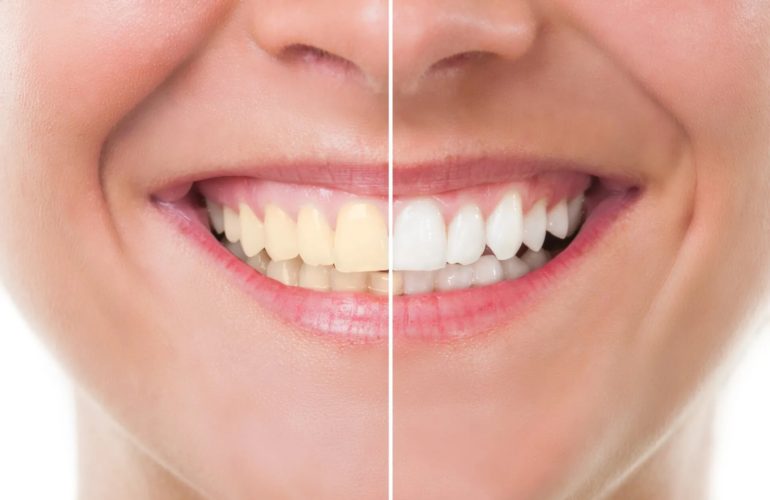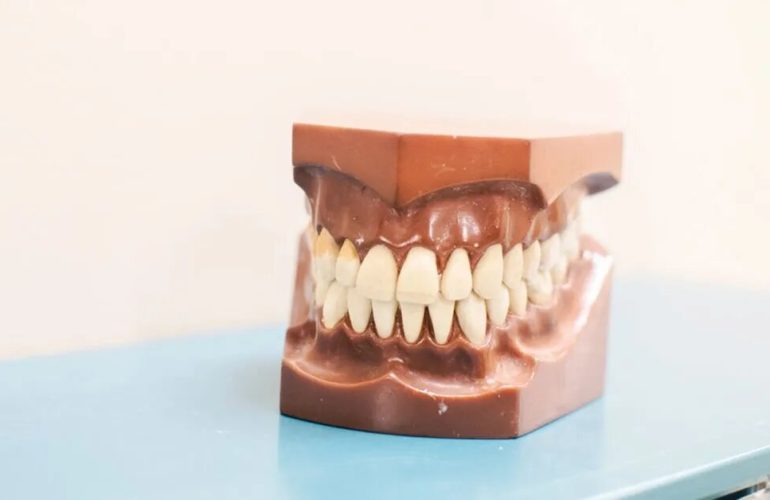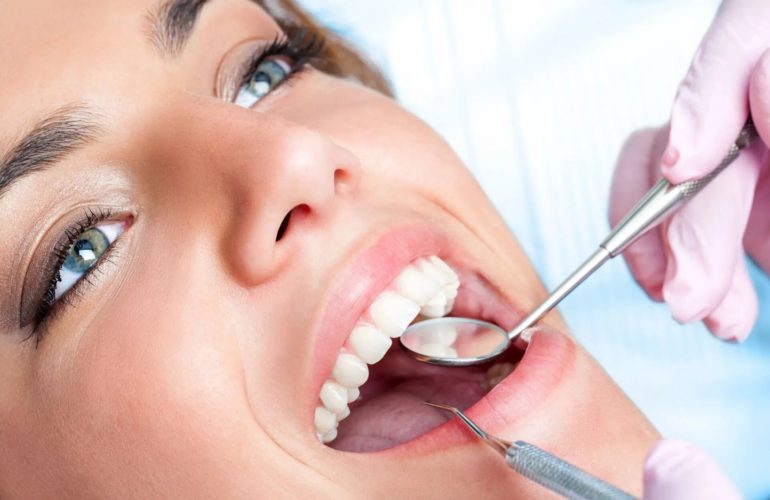Around 1/3 of Americans are unhappy with their smile, leading to confidence issues.
Up to 36% of these say that having better teeth could lead to a better social life. 22% also believe it will lead to a better love life.
Their claims are not unfounded, though.
A person’s smile plays a big role in social interactions, especially in dating. The statistics show 77% of women found this to be more of a turn-off than a receding hairline.
The good news is that there are ways to fix one’s smile. This is by undergoing cosmetic or restorative dentistry procedures.
These are different branches of dentistry, but they both fix any dental issues you may have. If you want to know which of these do you need, read on and learn more about them.
What Is Restorative Dentistry?
Restorative dentistry deals with oral issues that pose a risk to the mouth’s health and function. It refers to procedures that can restore the function of the teeth, relieve pain, or heal diseases.
For example, cracked teeth causing pain and inability to chew in a normal manner will require a restorative dental treatment. Gingivitis, a gum disease, will also require treatment to bring the mouth back to optimal health.
Procedures and Treatments in Restorative Dentistry
Depending on the severity of your mouth, you’ll require different restorative procedures. Some examples are below:
Extractions
Extractions are one of the most popular procedures, although many clinics do this as a last resort. If no other procedures will bring back the health and function of your tooth, they’ll have to pull it out.
Severe tooth decay and infections will likely lead to extractions. Severe gum diseases and impacted wisdom tooth are also grounds for tooth extractions. This might also be necessary as a pre-op for other health procedures.
Dental Fillings
Most often than not, teeth with cavities will only need dental fillings to restore their function. The dentist will remove the decayed parts of the teeth and use fillings to replace them. If done right, these can last you years.
Root Canals
If fillings aren’t enough, though, you might benefit from a root canal procedure instead. This involves the removal of decay on a deeper level – on the root of your affected tooth. This will not only clear out the toothaches, but it will also improve your overall oral health.
Crowns and Bridges
Crowns are tooth-shaped caps covering a tooth or a dental implant, while a dental bridge is an artificial tooth attached to the adjacent teeth or implants. The first one is great for when your teeth have decayed to the point that the outer part of your tooth has to go. It’s different than a dental filling, which goes inside the tooth.
Bridges are great for when you’re missing an entire tooth or teeth. Unlike implants, it won’t “take root” in your gums. Rather, the adjacent teeth or implants will hold it in place.
What Is Cosmetic Dentistry?
Cosmetic dentistry, on the other hand, deals with oral issues that interfere with the patient’s looks. It targets issues like discoloration, misshapen tooth, misaligned tooth, and more.
It doesn’t repair, prevent, or restore teeth and oral health. Rather, it aims to beautify the smile of the patients and make them feel more confident. Depending on your problem, the dentist can help you by improving the looks of your teeth, your gums, and/or bite.
Procedures and Treatments in Aesthetic Dentistry
Some cosmetic dentistry procedures use restorative treatments as they’re sometimes necessary for a smile make-over. However, the intent is still to make the smile more beautiful as opposed to getting rid of the pain, for example. To make you understand better how they differ, here are some examples of treatments that you can do to improve your smile.
Teeth Whitening
Teeth whitening is one of the most basic dental procedures, but it can work wonders on your smile. This is the process of lightening the natural color of your teeth for a sparkling clean smile.
This procedure involves the application of a whitening product on the teeth. This usually has hydrogen peroxide or carbamide peroxide as the main active ingredient.
Tooth Contouring
This procedure changes the shape of the tooth, as well as its length or surface. It removes some amount of tooth enamel, the outer protective layer, to fix some minor defects. Uneven teeth, for example, can benefit from this minor procedure.
Gum Contouring
If your gums are too high or too low, gum contouring can fix that issue for you. It’s similar to tooth contouring, in which the dentist will reshape the gums to conform it to your standards.
Sometimes, though, this is a necessary medical procedure, but such cases are rare. Some people may have to undergo this procedure in preparation for pocket reduction, crown lengthening, and other regenerative procedures.
How Restorative and Cosmetic Dentistry May Overlap
There are times, though, that both types of dentistry may overlap. Fixing a chipped tooth, for example, can be both restorative and cosmetic. It affects both the function of the tooth and the looks of the patient, especially if it’s one of their front teeth.
Dental implants are also a great example as they fix 2 issues. One, they enable the wearer to bite and chew as if they still have their original teeth. Second, they make for drastic improvement and an unnoticeable replacement as they look natural.
Which of These Types of Dentistry Do You Need?
First, ask yourself, what’s your primary reason for needing a dental procedure? Do you need it so you can improve your smile? Or do you need it for pain relief and to eat like normal?
If it’s the former, you’ll likely need cosmetic procedures. If it’s the latter, you’ll need restorative procedures. However, your dentist will know best which treatment plan you’ll have to take.
To know which of cosmetic or restorative dentistry you’d need, contact us today. Let’s discuss how we can restore, repair, or reshape your teeth to achieve your goals.




